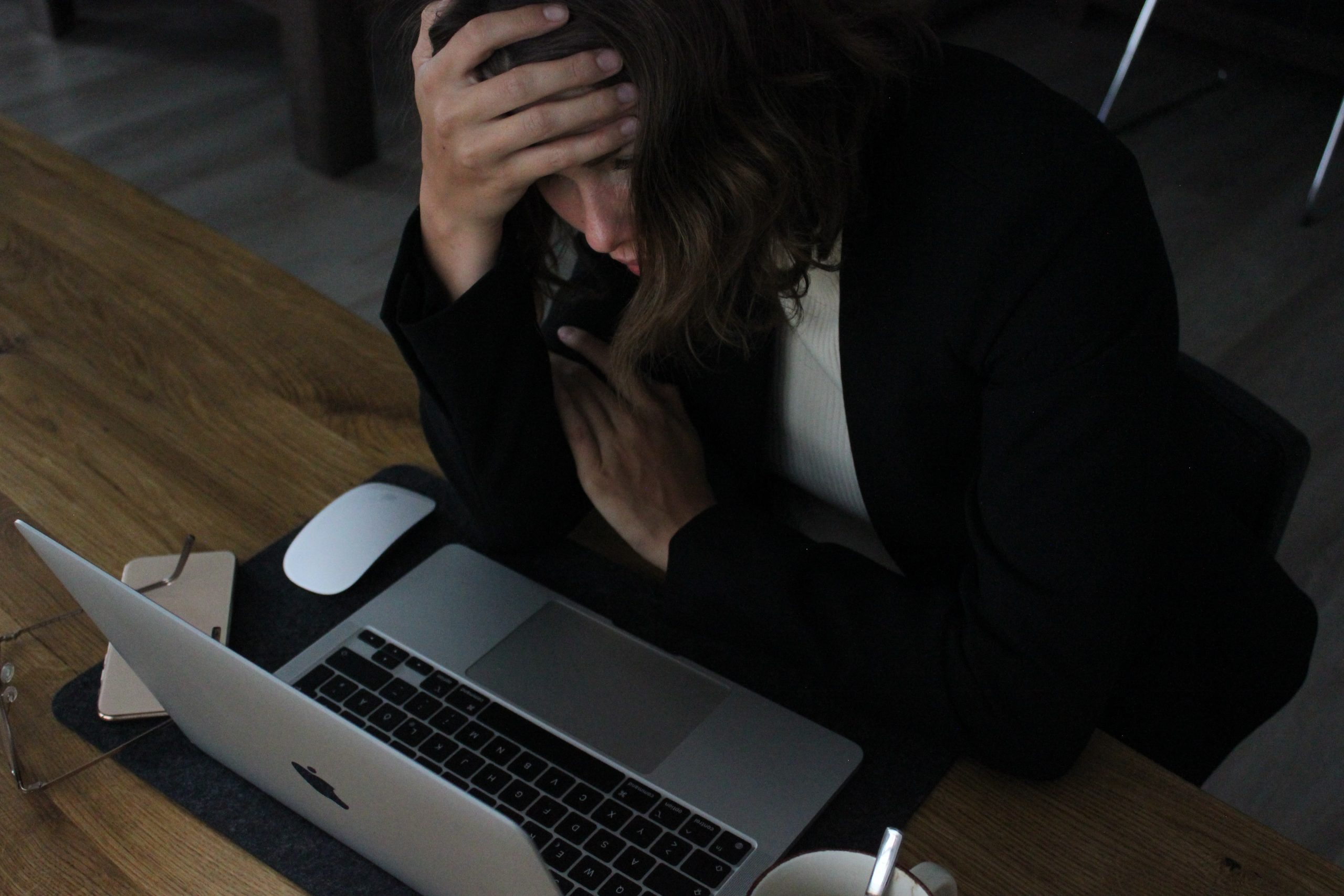 The challenges of the past pandemic year and a half have significantly impacted the mental health of workers across the U.S.
The challenges of the past pandemic year and a half have significantly impacted the mental health of workers across the U.S.
A recent survey from The Conference Board pinpoints the driving factor of mental health issues among workers: Their workload. More than the pandemic itself and fear of contracting COVID, employees are being weighed down by the increased pressure in their jobs.
Related: American workers in the midst of a ‘great reset’
“The pandemic blurred the line between work and home life, due in part to continuous connectivity and an increased sense of urgency due to the economic crisis,” said Amy Lui Abel, Ph.D., vice president, human capital research at The Conference Board. “These findings reveal the notable impact this lack of boundaries has had and speaks to the need for leaders to both reevaluate the efficacy of programs to support worker well-being and to better communicate about the availability of these resources.”
Given the blurring of boundaries, it shouldn’t be surprising that women report feeling work-related stress at a rate of 1.5 times their male counterparts.
“Women, in particular, face a disproportionate amount of pressure due to the combined demands of work and home life,” said Rebecca Ray, Ph.D., executive vice president of human capital at The Conference Board. “If business leaders hope to cultivate a second-to-none workforce, especially in this tight labor market, improving the employee experience by providing flexibility must play a key role in their business strategy.”
Related: Focusing on employee health & wellness as hiring surges
So what are employers doing to address the unique mental health needs not only of women but other demographics? Take a look in the infographic below.
By Emily Payne | October 20, 2021 at 06:00 AM | The original version of this story was published on BenefitsPRO


